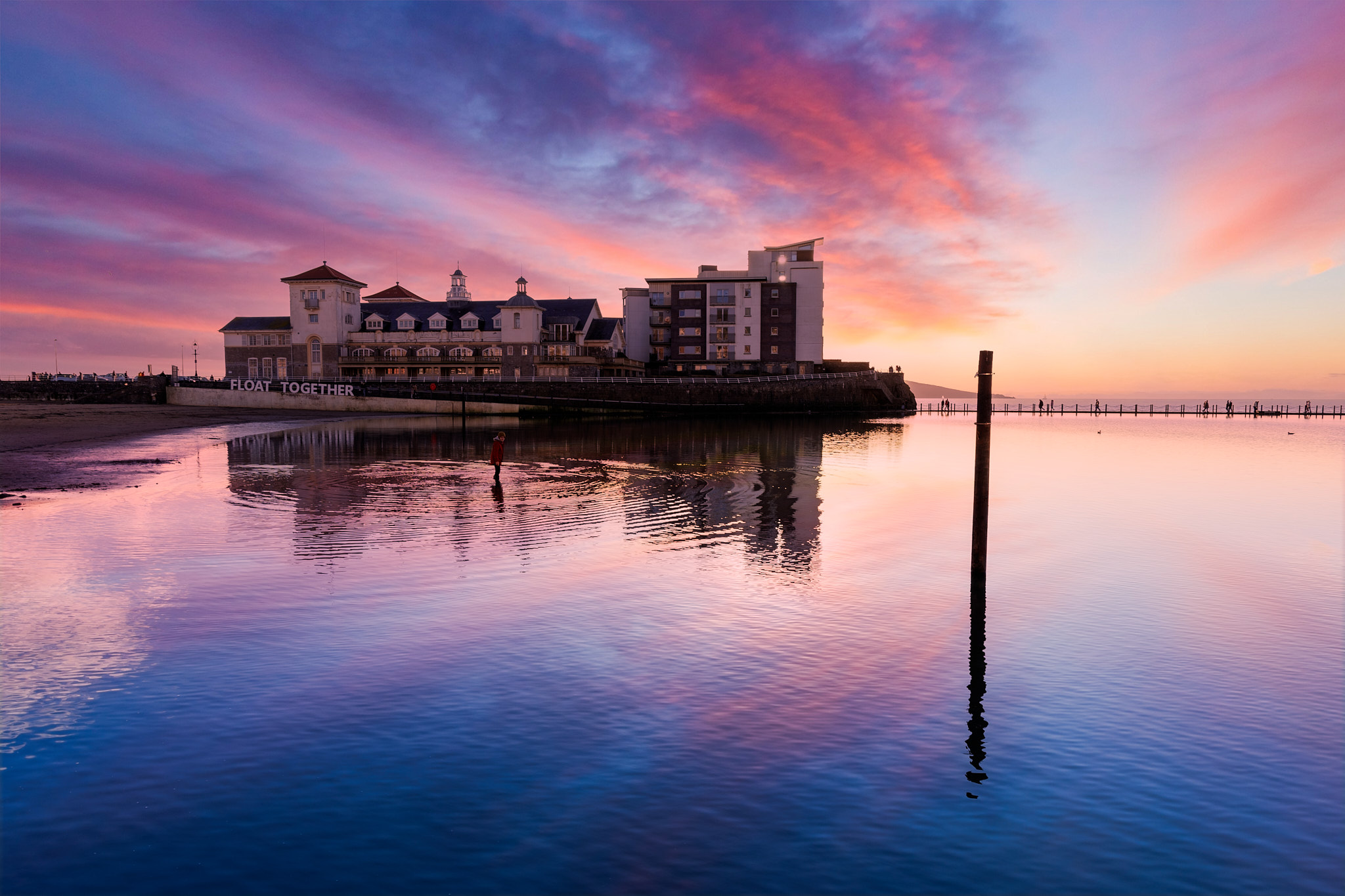I can't decide if Photoshop’s Generative Fill is a threat or just frivolous fantasizing
Will it truly unleash the imagination of artists, or drown us all in a flood of fakery?

It is uncannily effective at replacing objects, hiding objects or adding completely new objects into your digital images, but Photoshop's Generative Fill is bound to divide opinions amongst photographers.
The biggest dangers, for many, will revolve around trust, authenticity and truth, though there's also a secondary worry, that the ability for anyone to create anything they can imagine with just a simple text prompt will undermine the skill and craft of trained artists. The best photo editing software now makes it easy for anyone to achieve what was once the preserve of skilled professionals.
So how worried should we be?
For a start, questions about trust, authenticity and trust aren't new. There's very little that Photoshop's Generative fill can do that skilled Photoshop operatives couldn't do already. It might make image generation easier and quicker, but it's hardly the opening of Pandora's Box. More people with perhaps baser motives can produce more convincing fake imagery more easily than before, but to me that seems like an evolutionary change rather than a revolution.
Artists have always created things with their imaginations, and photography has been used as an artistic medium for a very long time. Sometimes photo-montages have been constructed in an obvious way to as an artistic statement, and sometimes they have been carefully disguised for propaganda or product marketing. Photography has often been used to create a 'idealized' vision of the world where the ugly has been hidden, the beautiful has been enhanced and things have been brought together that never existed side by side in real life.
What has changed is that instead of requiring a good deal of skill as they did in the past, synthetic 'generative' images, composites, 'altered realities' or 'idealized images' can now be made more easily by many more people than before.
Photography as art or evidence?
But there will still be good artists and bad artists who meet with applause and indifference in the same way they did before. Artistic success will still depend on the quality of your vision, not the cleverness of your tools. The more common something becomes, the less people want it.
As for 'truth' and 'reality', that's another, separate argument, one that's based around photogrpahy as evidence versus art. Photoshop's Generative Fill, and tools like it, will certainly make it easier to fake photographs, but then how much trust did we place in photographs before this?
Adobe will see Generative Fill as an important tool for illustrators and digital artists, and photography is only a part of what Photoshop is designed for. While photographers may see Generative Fill as a threat or a 'cheat', we have to remember that we are only part of a much broader ecosystem of image creators, and that photography is often no more than a component in this kind of work, a kind of raw material, and not necessarily an end in itself.
- Try Photoshop CC for free
- I'm blown away by Adobe's Generative Fill tool
- How to extend a background with Photoshop's Generative AI Fill
- Adobe integrates Firefly's generative AI with Photoshop
- Photographers are getting obsessed with AI. What's wrong with our own intelligence?
The best camera deals, reviews, product advice, and unmissable photography news, direct to your inbox!

Rod is an independent photography journalist and editor, and a long-standing Digital Camera World contributor, having previously worked as DCW's Group Reviews editor. Before that he has been technique editor on N-Photo, Head of Testing for the photography division and Camera Channel editor on TechRadar, as well as contributing to many other publications. He has been writing about photography technique, photo editing and digital cameras since they first appeared, and before that began his career writing about film photography. He has used and reviewed practically every interchangeable lens camera launched in the past 20 years, from entry-level DSLRs to medium format cameras, together with lenses, tripods, gimbals, light meters, camera bags and more. Rod has his own camera gear blog at fotovolo.com but also writes about photo-editing applications and techniques at lifeafterphotoshop.com

